#perspective tutorial
Text


“Thinking about compression from a side view”
Source: Anime Private School on Twitter
#art tutorial#digital art#art reference#tutorial#drawing anatomy#human anatomy#art tips#drawing tips#perspective#perspective tutorial
2K notes
·
View notes
Photo

In ain’t one to draw a perspective grid and then place figures in it; it’s never worked for me. So here’s my method!
12K notes
·
View notes
Note
Do you have any tips for drawing backgrounds? Yours always look so nice
aww thank you! As for tips...
Tip #1:
Find references. I sketched the cover for chapter 4 three different times, because the first two didn't evoke the majesty of the Prism Tower in the way I wanted it to. And then I saw this

I think you can see how this translated into the cover

Tip #2:
Do studies. Be it from photos (your own or from a royalty free website like pixabay, but watch out for AI garbage bc the perspective is usually wrong) or from real life. It's not cheating, it's encouraged, and it's industry standard. Idc if you have photographic memory, get something from real life in front of your eyeballs and draw it. Try and keep your reference close to your drawing so that it's easier for your eyes to flick back and forth between the two. This is how you can train your eyes to really see what's going on in an image. Compare angles, shapes, sizes, and distances.
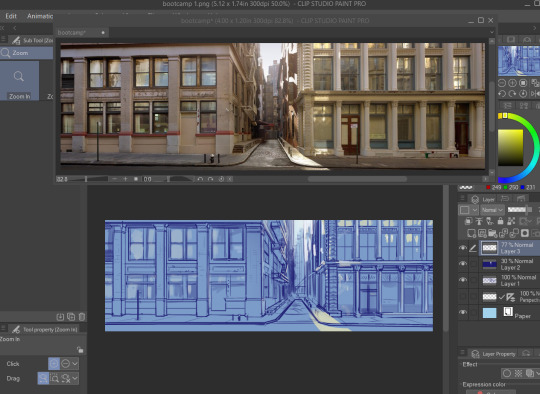
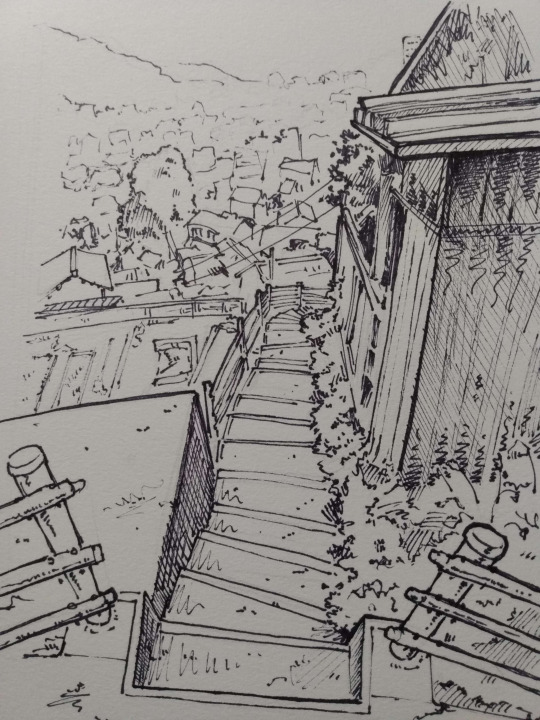
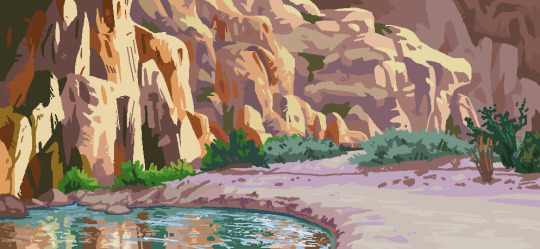
I use clip studio paint for Genesis, which has perspective rulers and they're super handy for speeding up the process (first image) and again, is not cheating. It's a tool to use in your arsenal. A little tricky to use, but once you get it down, it's fantastic. I also really recommend using other mediums, like a sketchbook and a sharpie (2nd image) or dinking around in Paint (3rd image). Limiting yourself in challenging ways is a great way to grow fast. Experimenting like this is also great for finding a style or technique that you click with
Tip #3:
Be aware of the cone of vision. This is a technical skill, but it's one of those things that you don't necessarily have to draw out every single time (tho I'd recommend doing it at least once to burn it into your memory better). If your drawing is looking wonky, the cone of vision being breached is a likely culprit. I'll link a video to someone who can explain how to do it better than I can.
youtube
Tip #4:
Learn how to draw things the same size in perspective. This is probably the thing I use the most. For example;
You have a tiled floor in a room. The lines going to the vanishing point are easy to do.
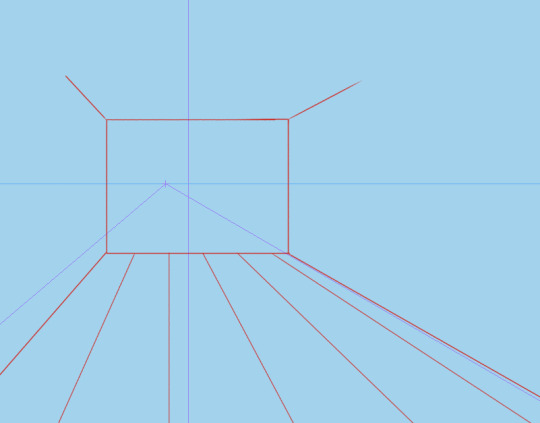
But how do you do the horizontal ones going across the floor?
Step 1: draw two horizontal lines, and put an X in one of them, going from corner to corner
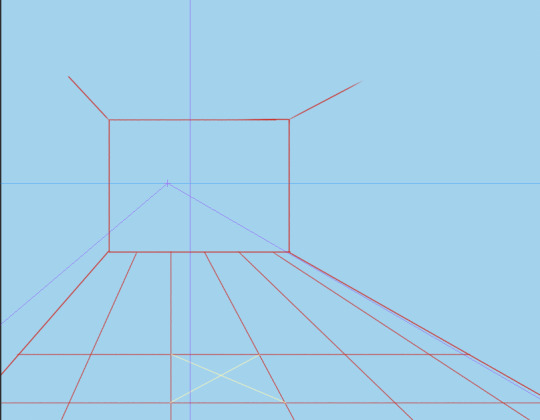
Step 2: Going from the center of the X, trace a line back to the vanishing point

Step 3: from one corner, draw a line that goes through where that center line hits the tile edge
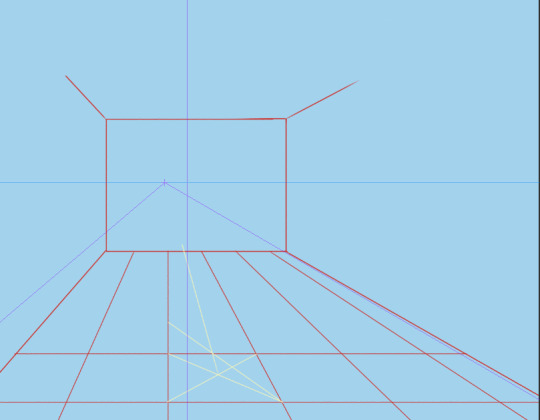
Step 4: at the end of this new line is where the next tile will start
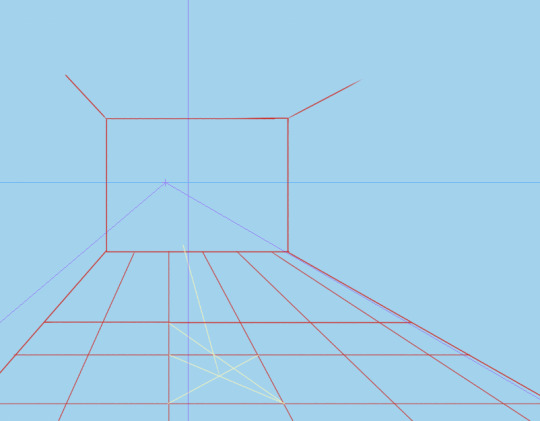
Step 5: Rinse and repeat as needed
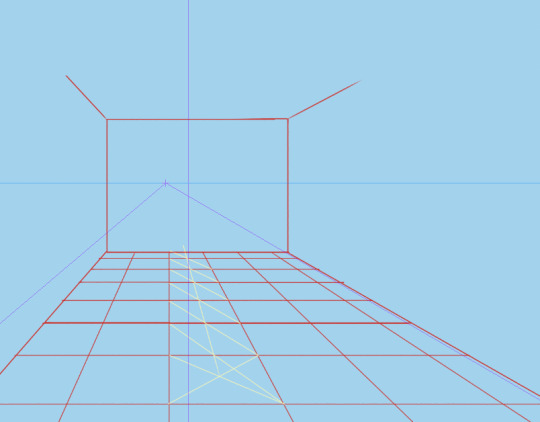
Ta-da! You now have tiles that are all the same size
This also works for vertical things like windows or telephone poles
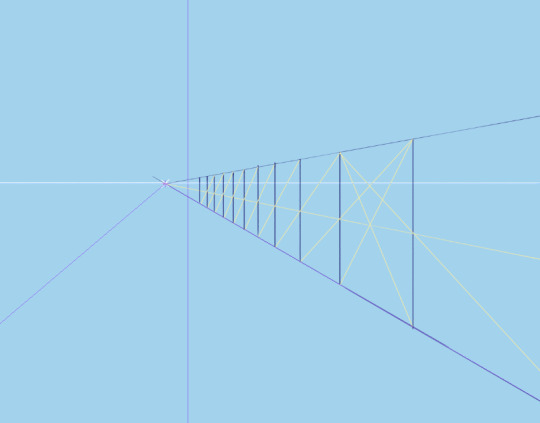
One of the most useful applications I've found this trick for is making sure that everything is the right size. Sticking a person in a drawing is an instantly recognizable way to show scale
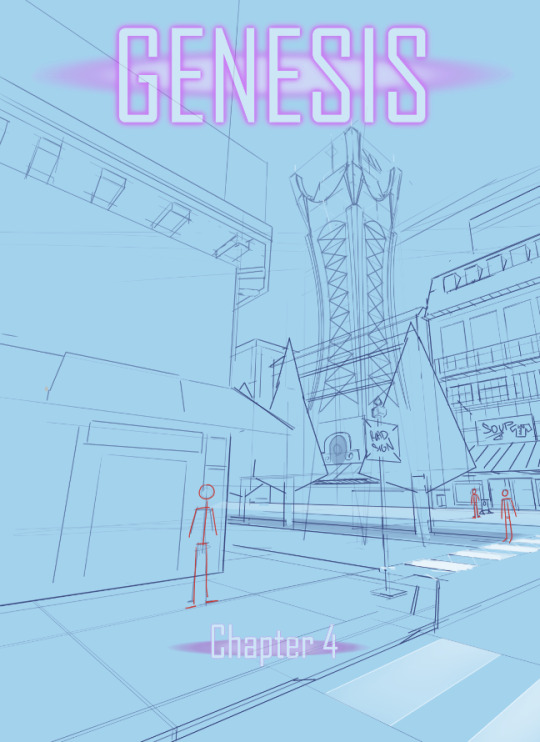
Whilst sketching the cover for ch 4, I'd accidentally made the doors way too small in the buildings in the back, so I slapped some people down to make sure they were the right height (This is in 3-point perspective, so the trick still works, regardless of if it's 1-, 2-, or 3-pt perspective owo b )
#comic ask#anonymous#anon#long post#perspective tutorial#kinda#i am historically Bad At Explaining Things#so hopefully this is somewhat coherent#you can also cheat a lot with establishing shots#put some mileage in for a few really nice panels#and then proceed to just draw the corner of a room lol
12 notes
·
View notes
Text

A new tutorial is available on my Patreon! It focuses on drawing in perspective.
16 notes
·
View notes
Text
for all the artists out there, here are my favorite resources i use to learn!
Files
The Complete Famous Artist Course
Art Books and Resources
Art, Anatomy, and Color Books
PDF Files of Art Books
Internet Archive
YouTube
My YouTube Playlist of Tutorials
How to Draw Facial Features
Drawing and Art Advice
Drawing Lessons
Art Fundamentals
Anatomy of the Human Body
2D Animation
Perspective Drawing
Acland's Atlas ( GRAPHIC but very good for understanding anatomy! )
Websites
Pinterest Board for Poses
Another Pinterest Board for Poses
Pinterest Boards for References
Reference Angle
Figurosity
Sketch Daily
Line of Action
Human Anatomy
Animal Photo References
Humanae - Angélica Dass
Fine Art - Jimmy Nelson
Character Design References
CDR's Twitter Account
iamagco's Twitter Account
taco1704's Twitter Account
takuya_kakikata's Twitter Account
EtheringtonBro's Twitter Account
Drawabox
Color Wheel
Color Palette Cinema
Free Images and Pictures
Free Stock Photos
FILMGRAB
Screen Musings
William Nguyen Light Reference Tool
Animation References - sakugabooru
Animation References - Bodies in Motion
#art#art resources#art books#anatomy#composition#painting#art tips#art help#art tutorial#perspective#color theory#art reference
15K notes
·
View notes
Text
Drawing from References with deep Foreshortening
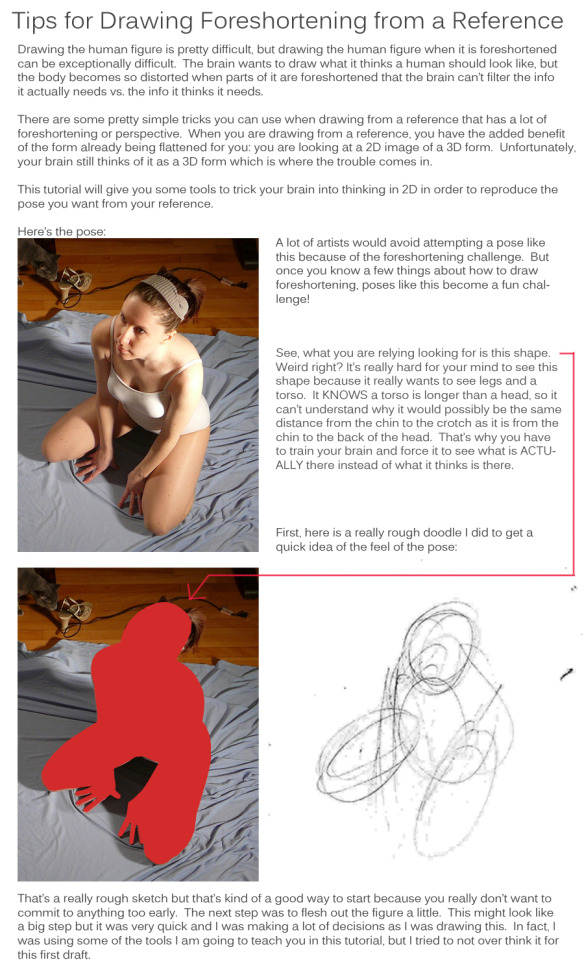

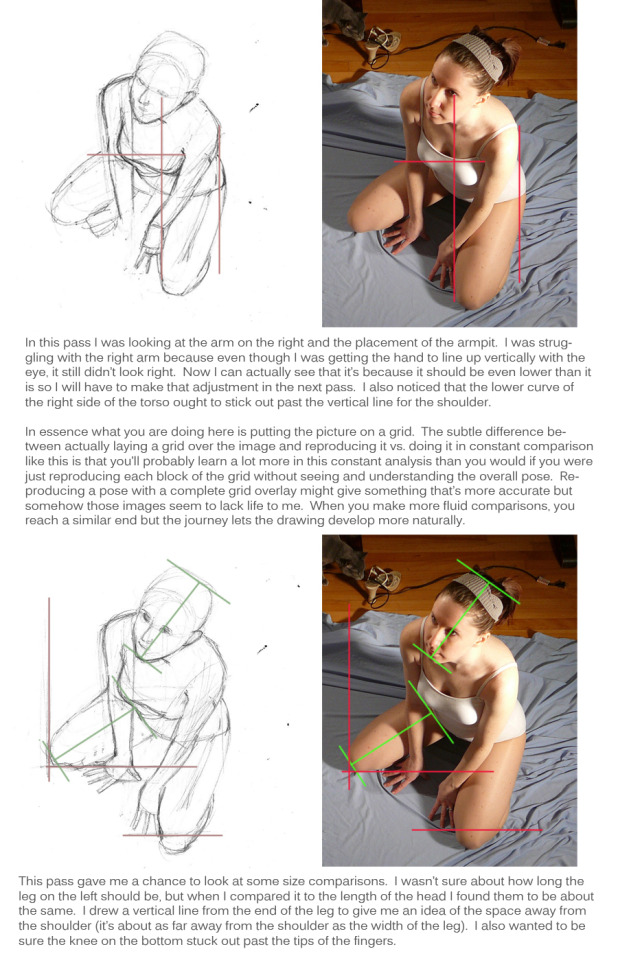

And some practice poses:
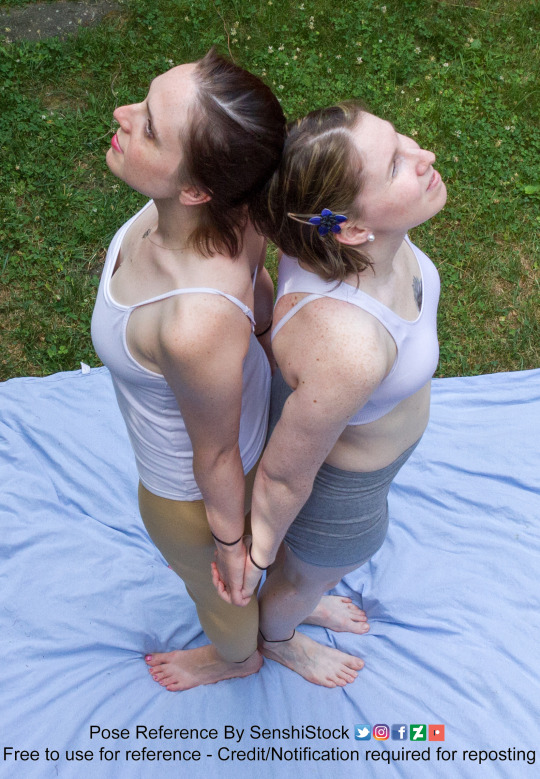


Edit: 1/11/24
It was brought to my attention that some of the language in this tutorial read as fatphobic. This tutorial was originally written and published on DeviantArt in 2011 and I was generally unaware of these issues at the time. I have adjusted the language in the tutorial to hopefully address these concerns, though old versions may continue to circulate.
Thanks for taking the time to point these things out to me. I will continue to learn and grow. ♥
Here's a few more refs with foreshortening from a larger variety of models:
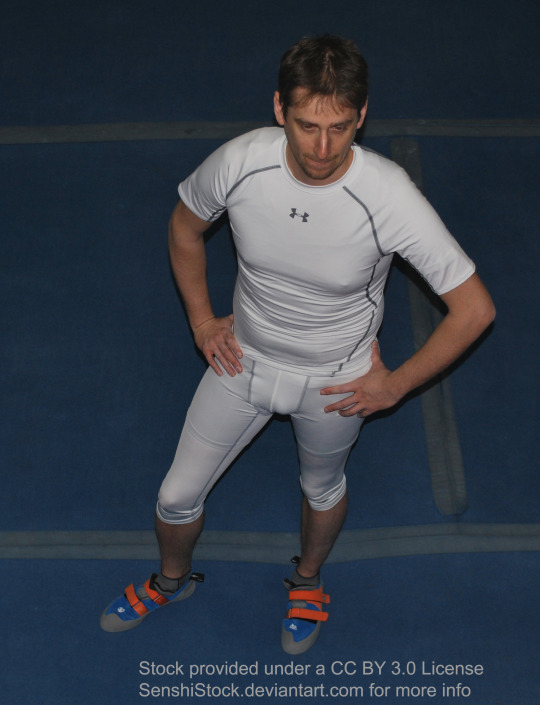
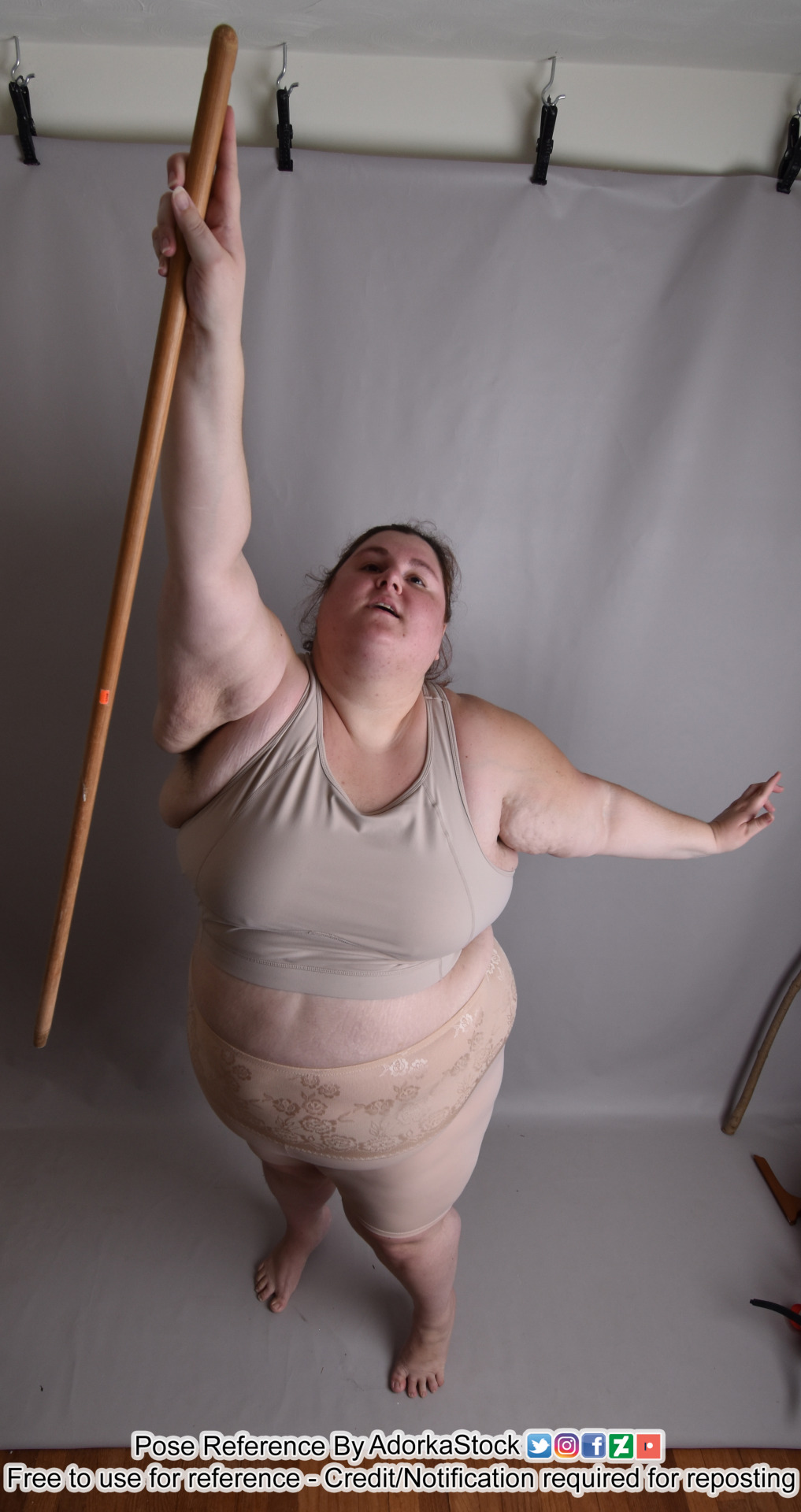

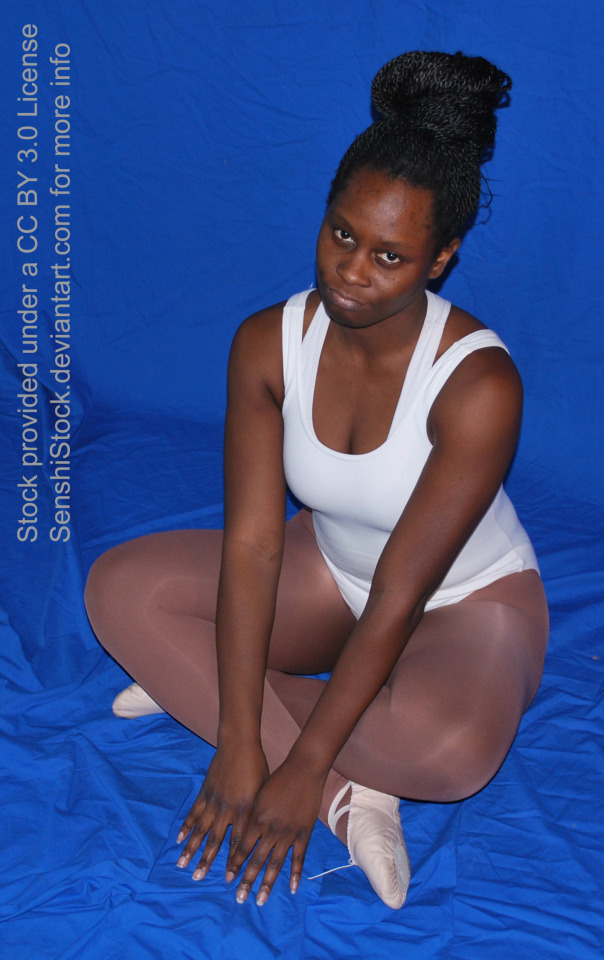

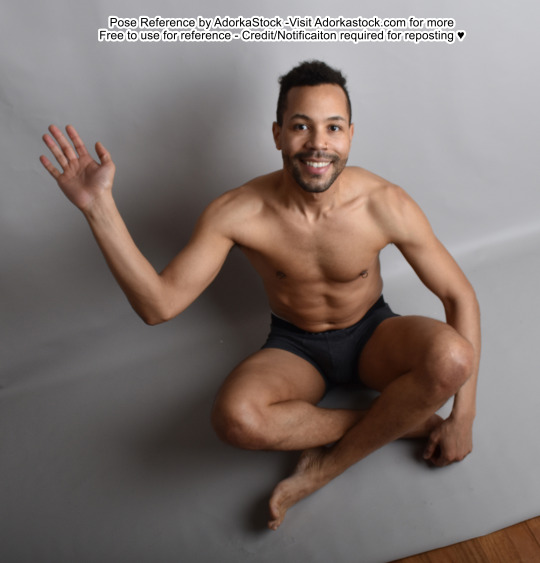

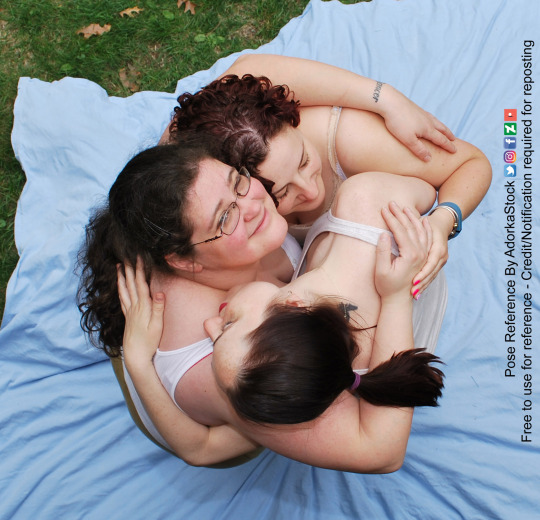
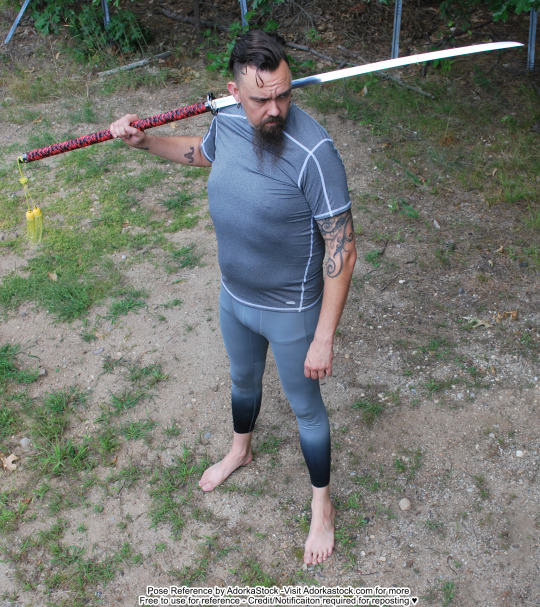




8K notes
·
View notes
Photo
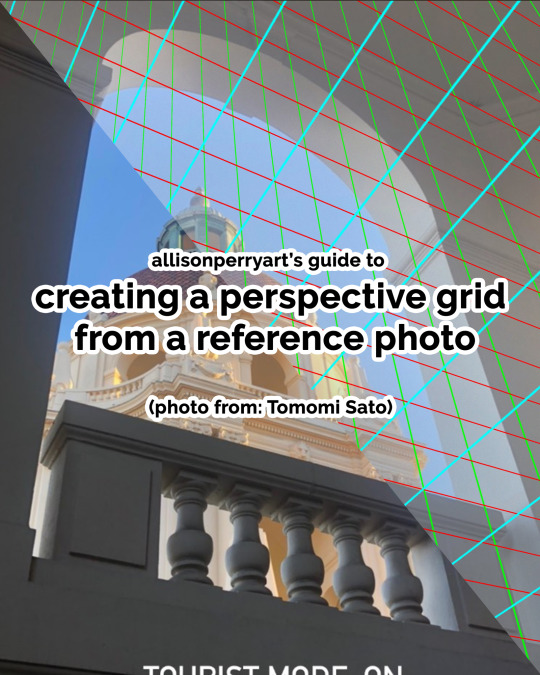
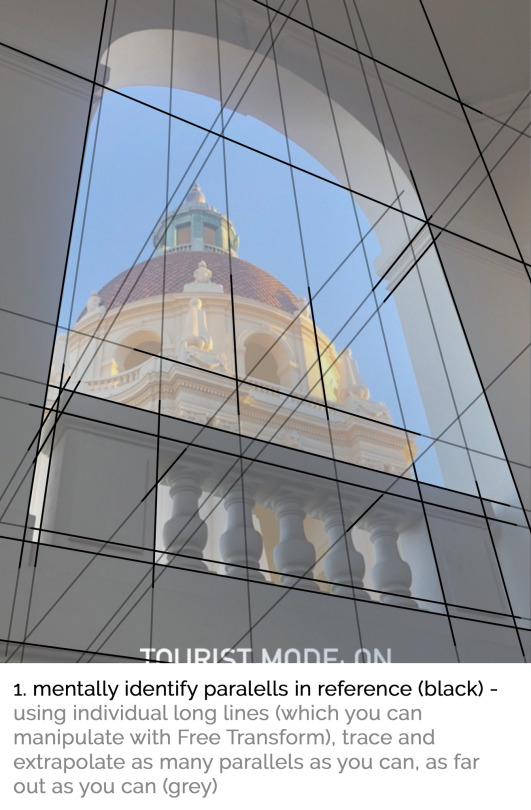


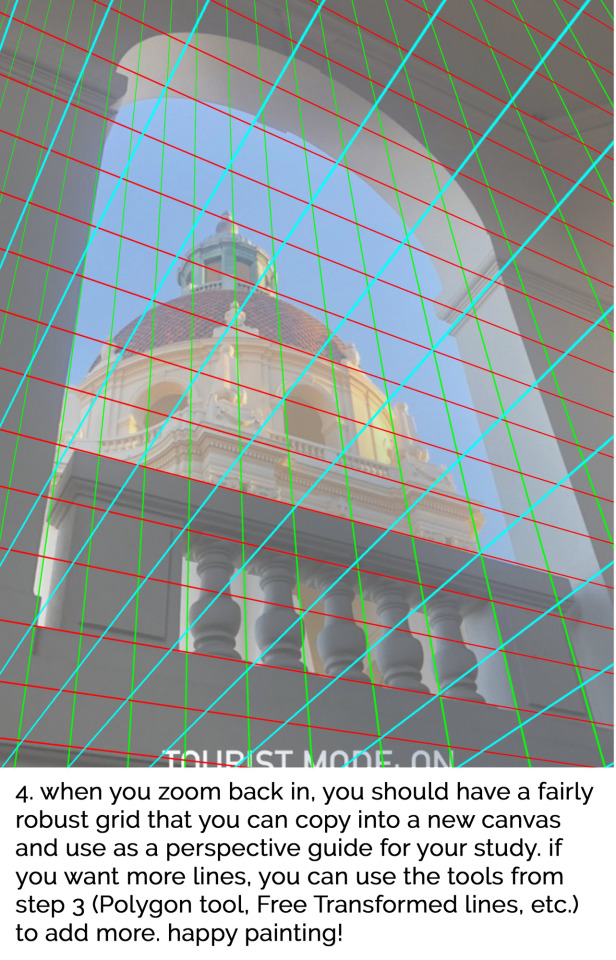
In case you missed it, here's a #TutorialTuesday someone requested on Twitter to go with last week's process video on how to create a perspective grid from a photo (from Tomomi Sato) which you can use for studies, drawings, paintings, etc. Hope this helps with drawing/painting in perspective!!
#tutorial#art tutorial#art help#artistsupport#art tricks#arttrick#art tips#arttip#howto#digital#digital art#concept art#concept#perspective#grid#vanishing point#horizon line#guide#underlay#overlay#visual development#visdev#illustration#allison perry#allisonperryart
8K notes
·
View notes
Photo
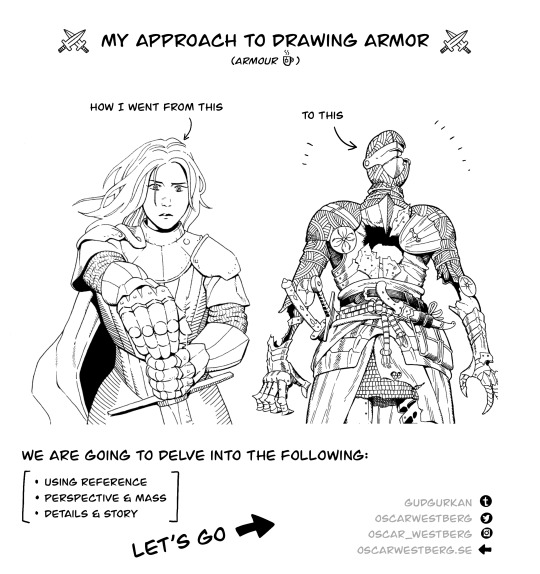

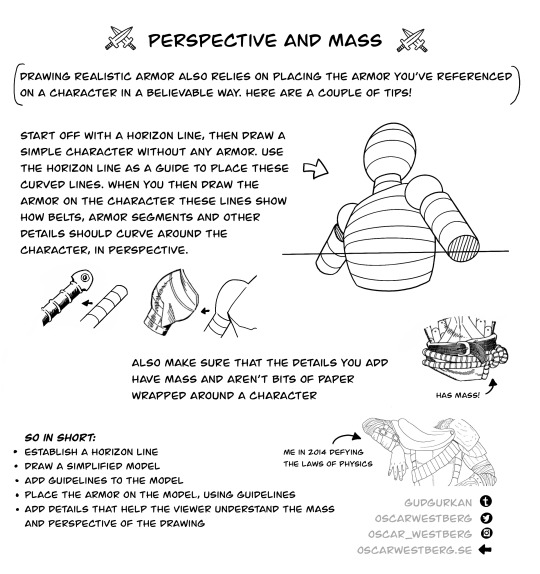
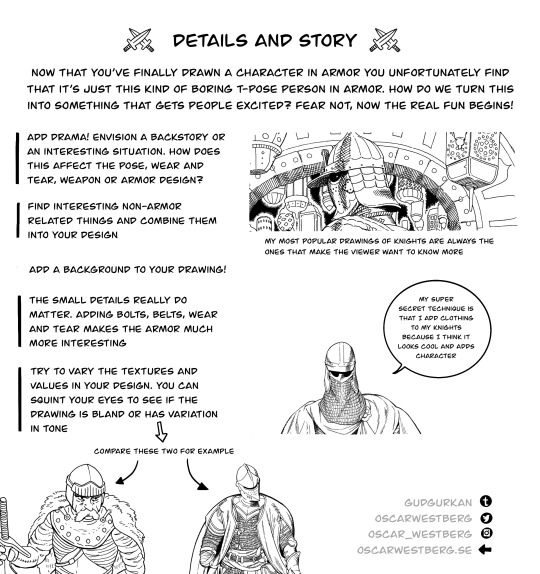
Here's a ⭐️ tutorial ⭐️ on my approach to drawing armor!
11K notes
·
View notes
Text
made some tutorials/infographics/??? for a friend to help them with drawing backgrounds
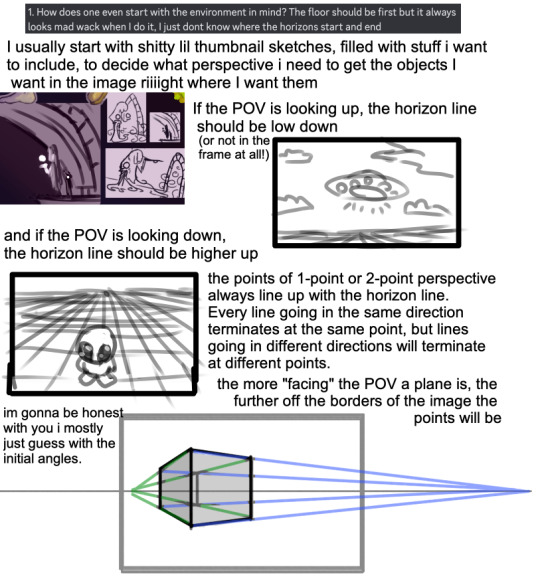
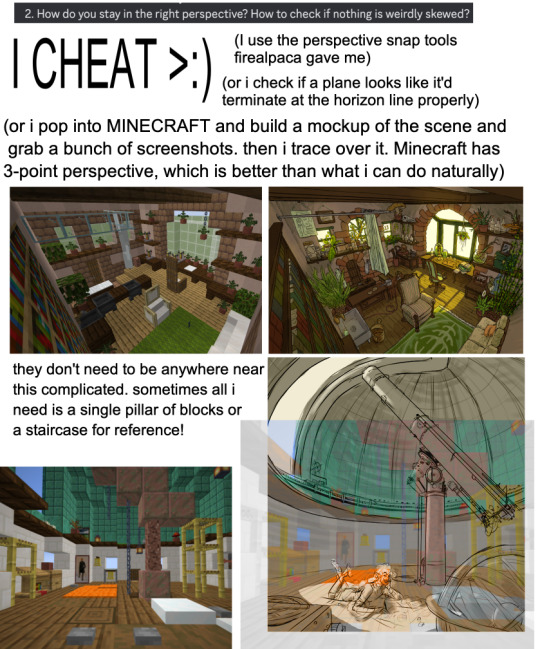
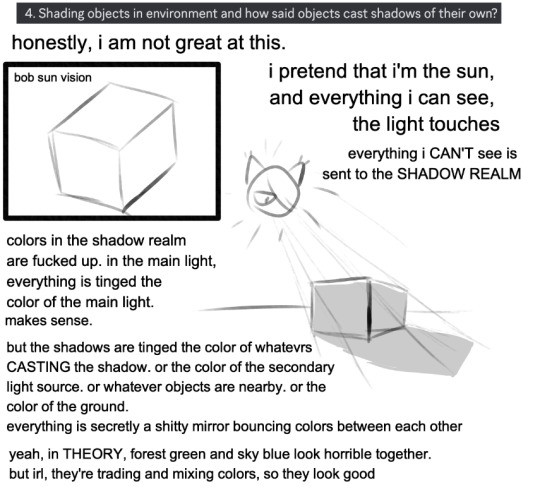

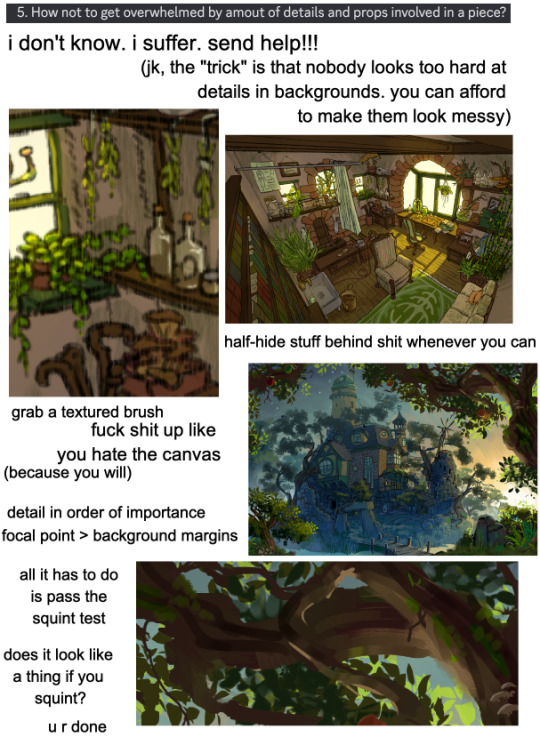
i hope this helps Somebody
#i did not consider myself a BackGround Artist until other people pointed out that i uuuuh... do BGs. so i count#:P#art tutorial#art tips#drawing backgrounds#perspective hacks
497 notes
·
View notes
Text
Drawing Foreshortening Tip:
Distance Between Vanishing Points determines whether it is Wide Angle Lens or Long Lens
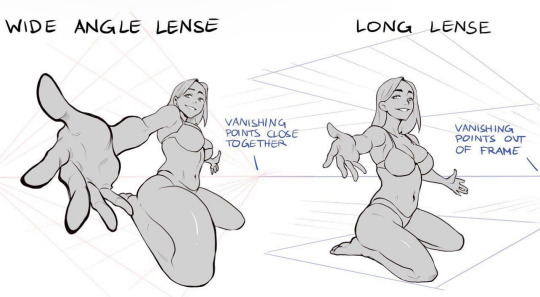
Credit: Miyuli
#random tip#random tips#tip#art tips#art tutorial#art tip#art tutorials#drawing#drawing tip#drawing tips#drawing tutorial#drawing tutorials#art#foreshortening#perspective#2 point perspective#3 point perspective#4 point perspective#vanishing point#horizon line#construction#pose#3d#grid#wireframe
450 notes
·
View notes
Text
DRAWING BACKGROUNDS: TIPS AND TRICKS
So many people are afraid of drawing backgrounds and I think it's a shame, so here's some tips and tricks, because I'm not perfect at it myself but I think the hardest part is really just knowing where to start.
First off: Perspective
Yeah, yeah, that's the scary word. But I promise you, once you're familiar with the basics, backgrounds are a LOT less intimidating. Don't get discouraged if WHEN you have trouble with it. Even professional artists struggle with it. I promise you, screwing it up is good and normal. That's how you learn after all!
Now I'm not going to go into detail on how to do it here, because honestly there are a thousand and one free resources online and in libraries that can explain it far better than I ever could in a singular broad-strokes tumblr post. But I AM at least telling you you should familiarize yourself with these basics:
Important Terms:
Horizon Line: A horizontal line across your canvas, showing your viewer's eye level and providing a location for most of your vanishing points.
Vanishing Point: Integral to drawing in perspective. The sides of a 3D object get smaller as they become farther away from the viewer in space. This point is where the parallel lines of a side eventually meet.
The Basic Types of Perspective:
One Point Perspective: Good for drawing things that you're looking at straight on.
Two Point Perspective: Good for drawing things at an angle.
Three Point Perspective: Good for drawing things the viewer is looking up or down at, especially at an extreme angle.
[Click images for ALT descriptions]

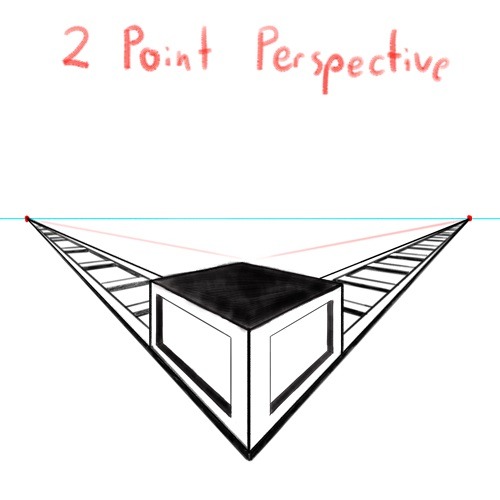
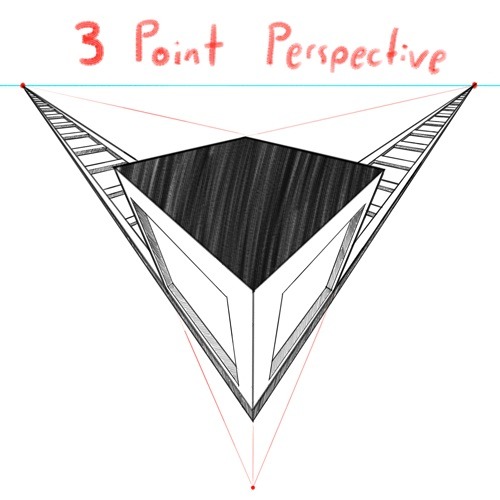
And if you're comfortable with these and serious about improving your skills for use in storytelling, I also might suggest looking up:
4 Point Perspective: Great for extra wide or tall shots and for camera tilts if you're doing an animation or animatic. I think some other names for this in animation include "banana pan" and "warp pan."
5 Point Perspective: Fish-eye lens. Good for all your angsty anime boy slipping into madness needs!
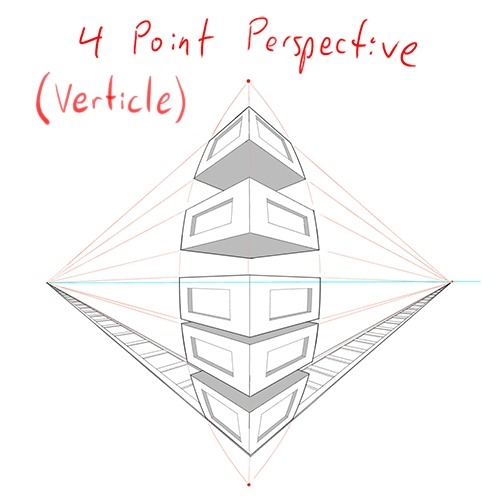
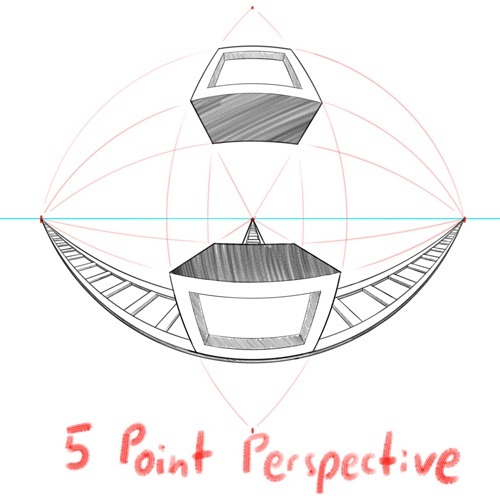
Some perspective tips I wish someone had told me earlier:
Objects' relation to the horizon line is constant.
A super helpful tip to remember when placing a character or object in space is that they will always (assuming they aren't changing in size or moving up or down) have the same relation to the horizon line no matter how far or close they are. If your horizon line is at shoulder height for your focus character in the foreground, any character of the same height in the background will still line up with the horizon line at the shoulders.
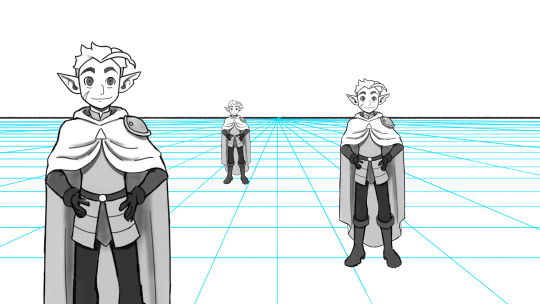
How to pick the distance between your vanishing points:
2 pt perspective uses 2 vanishing points, 3 pt uses 3, etc, etc, but how close should they be? Well, first of all, for anything that isn't one point perspective, one or more points will usually be off the canvas. Super annoying, I know, but the closer your vanishing points are, the more warped your drawing will become.
Second, a helpful thing to know is that choosing the distance between your points is basically the illustration equivalent of picking your camera lens! Photography buffs will know that wider (shorter focal length) lenses show more space and make the distance between foreground and background more dramatic, while longer focal length/telephoto lenses are flatter, and more focused and intimate. The same is true of vanishing points that are closer (shorter focal length) or farther apart (longer focal length).
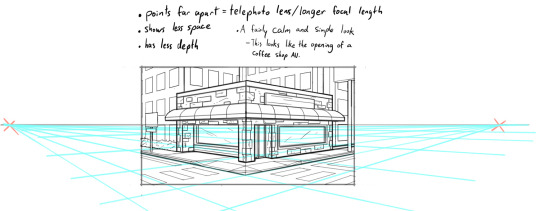
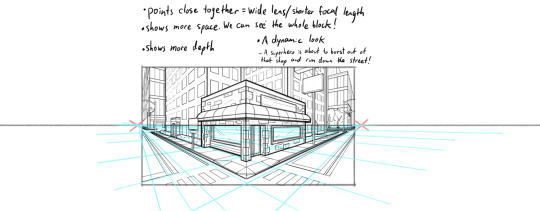
2 point/3 point/etc doesn't actually mean you're limited to that many points total on your page.
this one confused me a lot when I was getting started, lol. A lot of examples will show you drawings of nice, neat cities or something, in which all the buildings are facing the same way in order to demonstrate perspective drawing. But in real life, buildings don't all face the same direction. They're at all sorts of different angles. So how do I do that??? Answer: Just because you're drawing in 2 point perspective or whatever doesn't mean you... have to actually keep your 2 points in the same spot. You can move them around, just keep them the same distance apart, so you're not screwing up your camera lens.
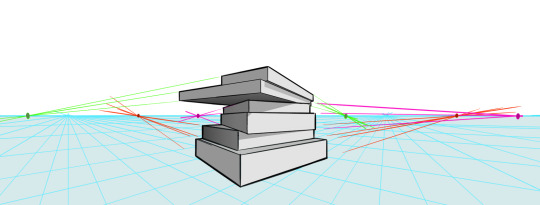
Other Tips:
Use reference!
The instant you try to draw a house, you're going to forget every house you've ever seen. That's just how it goes. Buildings are complicated. Do yourself a favor and collect a few reference images first, buddy!
Consider details (like architectural style, amenities, and materials)
Your building will look more like a building when you keep in mind that buildings have gutters and door knobs and light switches and paneling and stuff, and aren't just boxes with roofs on them. Again: reference! You will forget electrical sockets and baseboards exist immediately. Art brains are dumb.
Use details and texture to fill in negative space
Giant stretches of blank space tend to be boring and distracting. Put a few suggestions of wood grain or something on that wall back there, bud, just don't overdo it.
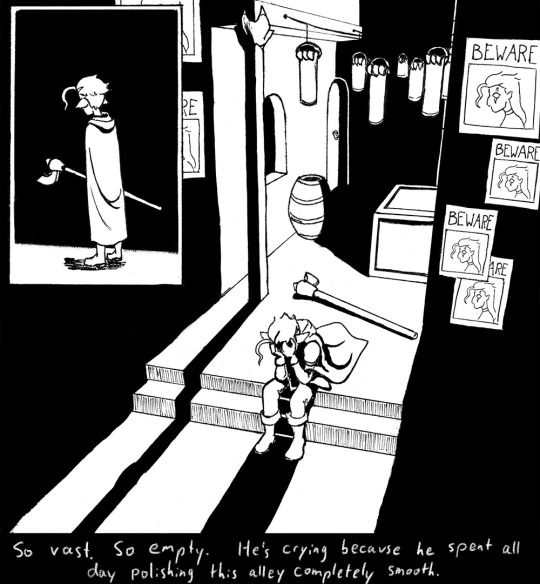
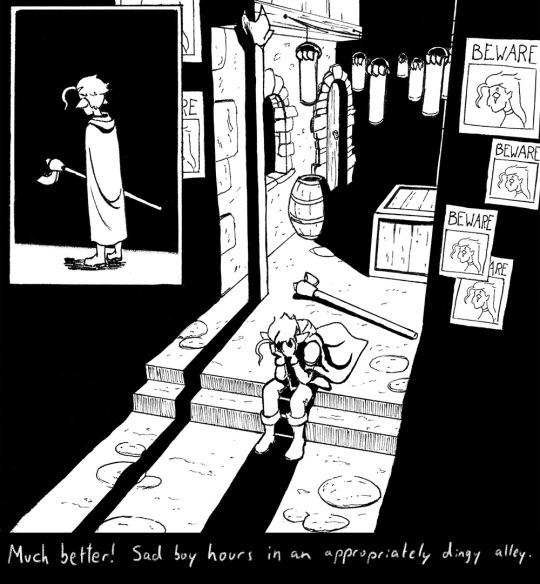
Line weight
Darker, thicker lines draw more attention, look heavier, and look closer to the viewer than lighter, thinner lines do. Take advantage of this to draw the viewer's attention to your focal points, de-emphasize less important details, and imply depth. It's up to you to decide how you want to use this and what your style is, especially once you start getting into combining or replacing it with shading, values, and color, but a helpful rule of thumb is to try reserving your thickest lines for focal foreground characters and use thinner lines on backgrounds, especially details in the far distance.
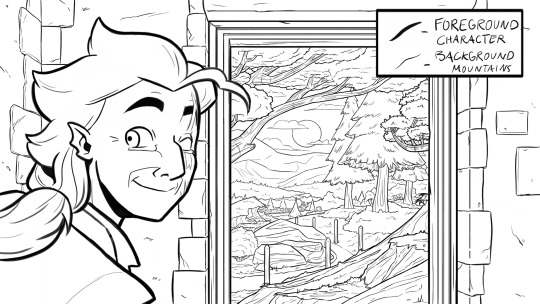
Perspective guides
If you're drawing digitally, take full advantage of any perspective tools you have access to! A lot of art programs lately have begun adding perspective guide features that let you set up vanishing points and then literally guide your hand as you draw so you stay in perspective. Some of these include Procreate, Clip Studio Paint, and Adobe Fresco. (still sadly none in Photoshop as far as I'm aware, what the heck, Adobe!). Check through the settings of yours to see if it gives you any perspective guides or other similarly useful tools. They're 100% worth it! And for god's sake, if you've got any skew or perspective warp tools, draw your complicated shapes flat and then warp them instead of spending an hour on it! Don't make my mistakes!
#backgrounds#art tips#tutorial#art reference#drawing tips#perspective drawing#the owl house#hunter toh#doodle art#doodletext#rambling topic#yes i'm using my blorbo to demonstrate art tips what about it#this took longer than i meant it to lol. i got really into the examples#thank you for your patience guys#this turned out to be a GREAT exercise for me as an artist too actually. Trying to explain things is rlly good practice#I didn't even get into values and such. I can only ramble so much I'm afraid
828 notes
·
View notes
Text

For @mungroveweek day 4, prompt "The Camaro vs the van"
A doodle that got out of hand.
#mungrove#mungroveweek2023#billy hargrove#eddie munson#stranger things#listen i started following a tutorial to colour this thing digitally#but i did it with a mouse and I lost patience SO FAST lol#so watercolours it is#i had a lot of fun googling band logos#also: what is perspective? what are shadows? what are legs? what are feet? lol#fuck it i still like it
389 notes
·
View notes
Note
yo im curious how did u learn anatomy. scratch that, how did you learn to draw in general. everyone's always saying "watch anatomy vids" idk man i don't know what videos

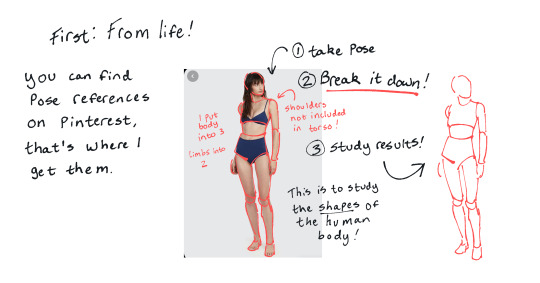
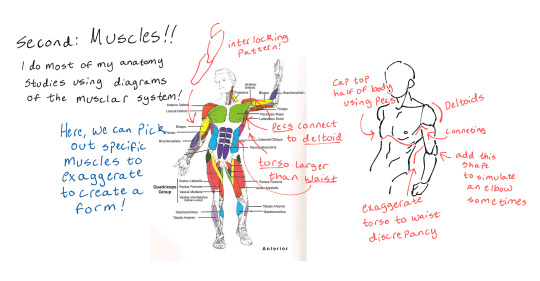
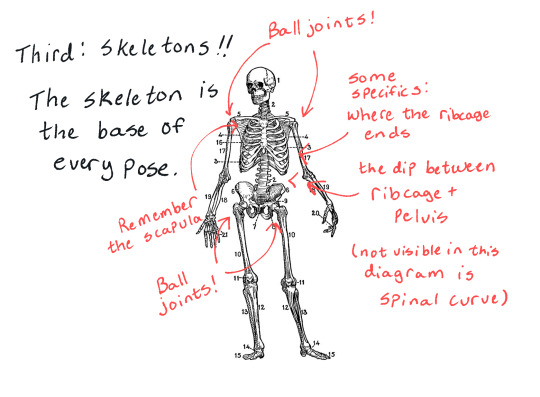


ofc there's things like anatomy videos and even full textbooks on the topic; I usually end up on pinterest finding my references, though.
this post is a link to a free anatomy book that I often study.
I don't have any anatomy videos to link you to because I hate video tutorials.
#hailey teaches#hailey answers#I hope this helps anon!!!#I hope it isn't a 'my perspective is too advanced to stoop down and teach newer artists' thing.#this is by no means a comprehensive tutorial!! there's a lot of other things too this is just my basics!!#hailey's drawing again#putting it under art tag to be easier to find
91 notes
·
View notes
Text


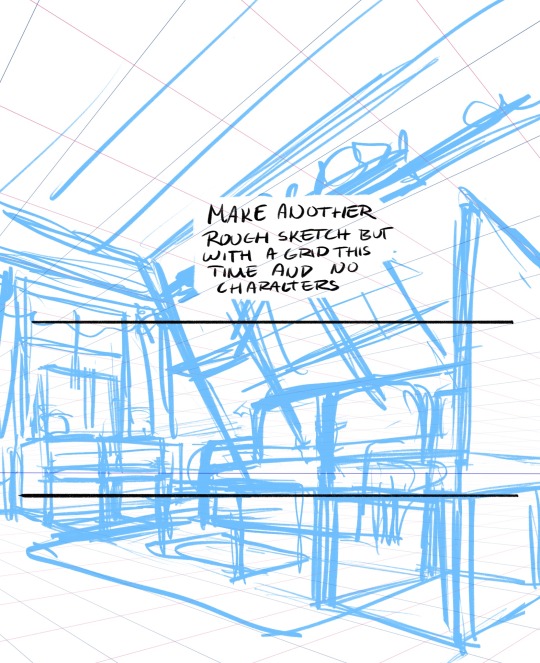

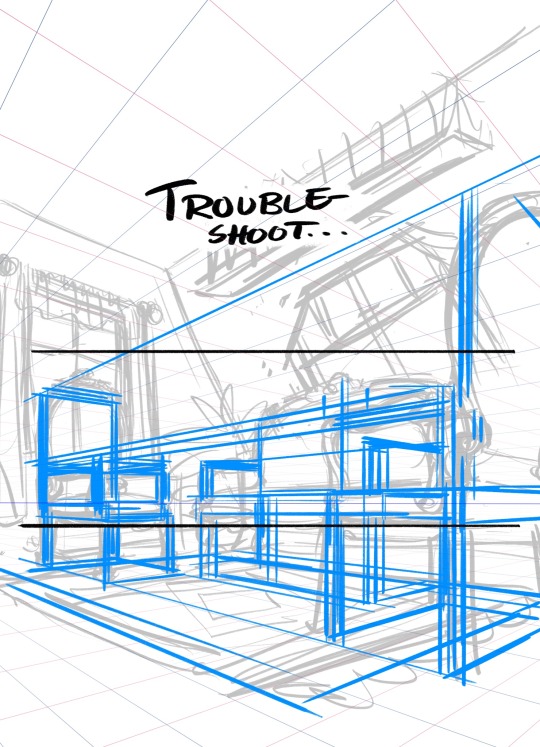

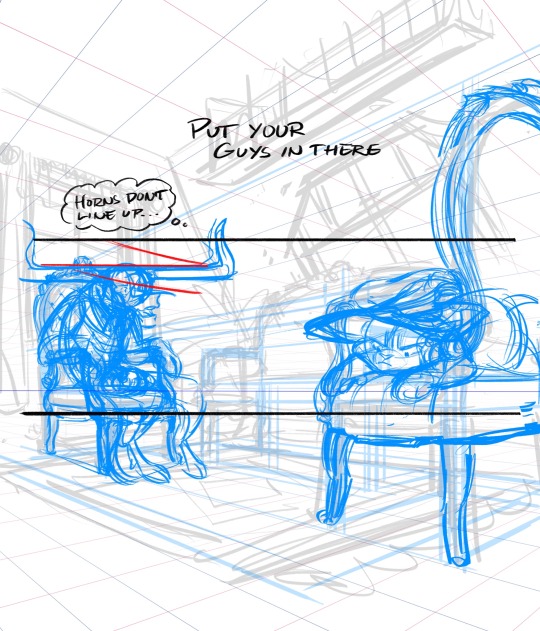

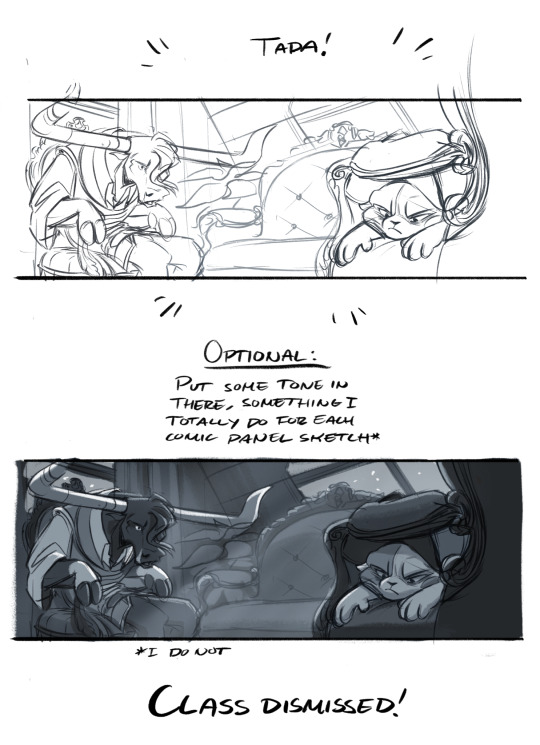
Less made to be a tutorial, more made to show that it’s okey to have an imperfect and messy drawing process haha
PS. It’s okey if your perspective isn’t 100%, you can’t get arrested for that
37 notes
·
View notes
Text

?????????
#im not getting this done in time god help#wowie rule of thirds would u look at that#i was thinking abt cyclic composition but#hhh the mast… the mast ugh#also dont @ me abt perspective bc i dont know any lol#i should look at some classes or smth#tutorials online …#my fatal flaw is i like a sketch too mucj#and i doggedly try to use it when rly i should fuckin redraw#i think if theres a foreground…#this could work.#foreground … hh… idk. some unconscious marines
69 notes
·
View notes
Text
ATTENTION LAZY ARTISTS 📢‼️ if you want to make a 'grounded' interior or exterior scene with perspective, just make a barebones mockup in the sims first and trace them. just the furniture and the room itself are the important part, add the decor when you redraw it!
#artists on tumblr#pixel art#art tutorial#art tips#interiors#the sims#the sims 4#the sims 3#perspective#if this helps yall i can make a full tutorial with pics
112 notes
·
View notes